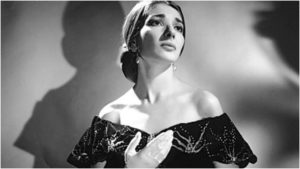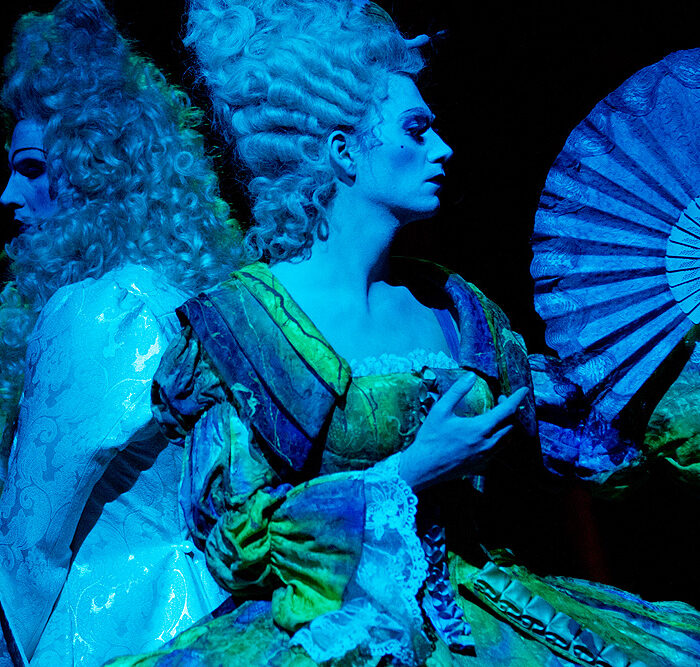
Artist Profile: The Incomparable & Divine Maria Callas
By David SalazarMaria Callas is considered for many a turning point in the opera.
Born on Dec. 2, 1923, in New York (she would later renounce her U.S. citizenship), the soprano received her musical education in Greece and would find her career flourishing in Italy. She made her Italian debut in 1946 in “La Gioconda” in Verona. From there she made a breakthrough in Venice in 1949 when she took over the role of Elvira in “I Puritani” in just six days. It proved a major turning point for Callas, who had been a dramatic soprano singing Wagner to that point.
Callas dominated throughout the 1950s, becoming opera’s biggest star, performing all around the world at the greatest houses. There were some controversial moments, as when she was fired by the Met Opera’s manager Rudolf Bing, who purported that she had breached her contract. Callas’ version is that she was being asked more than had been agreed to.
She recorded a plethora of works and solo albums and known not only for her intense vocal power but her ability to dominate on stage as an actress. To that point, the acting demands of opera were not all that high, but once Callas appeared on the scene, the opera world’s expectations shifted. It was never the same after. Callas took her appearance onstage so seriously that she lost weight to look more like the roles she was representing and to protect her health.
“I was getting so heavy that even my vocalizing was getting heavy… And I wasn’t really well, as in health; I couldn’t move freely,” she stated in an interview with Edward Downes. “And then I was tired of playing a game, for instance playing this beautiful young woman, and I was heavy and uncomfortable to move around.”
Callas eventually stepped away from the stage for an extended period in the late 1960s, though she did attempt a comeback in the 1970s alongside tenor Giuseppe Di Stefano.
She died in 1977 at the age of 54; she was still trying to make a comeback that never came.
Major Roles
Callas’ repertoire was centered on the Italian works of the 19th century. The soprano herself professed a deep love for Bellini and Donizetti and this is borne out in her finest interpretations.
Few hold a candle to her “Lucia Di Lammermoor” and even fewer to her “Norma,” which many associate with her most directly. But she also dominated such operas as “La Sonnambula,” “I Puritani,” and “Anna Bolena.”
She was also an incredible Verdian and Puccini interpreter. Her Violetta in “La Traviata” remains one of the iconic interpretations, while her “Tosca” and “Madama Butterfly” are still among the most revered interpretations of those works.
Read More on Callas
A Chat With Tom Volf On “Maria By Callas,” A New Film Based on the Soprano’s Life
A Look At How A Hologram Version of the Diva Was Created
Callas’ Appearance in the Movies
7 Operas She Rescued from Obscurity
A Look At THAT Scene From “Philadelphia”
A Review of the Warner Classics 42-Disc Box Set
Watch and Listen
Here are four hours’ worth of opera arias featuring Callas.
And if you still want more, here is her famed “Tosca” recording, considered by many to be the greatest of all time.
Categories
Opera Wiki

